HOME|Ideas and resoueces for planetary science experiments|Star watching in the daytime
宇宙の実験教室
Ideas and resoueces for planetary science experiments
カテゴリ
Category
- 実験教室Idea and Resources for Space science experiments
- 対象項目別Category: Contents
- 学年単元別Category: Study Age
-
- 実践授業Activity Reports
タグ
Tag
 昼間の星を見てみよう
昼間の星を見てみよう
ねらい
昼間に星を観察してみましょう
星や太陽などの天体が、1日に1回地球のまわりを回っているように見える動きを日周運動といいます。星の日周運動を観察するためには、夜間に屋外で観察するのが普通です。暗い夜空に星が光っていることは、テレビや雑誌、教科書でまたは実際に肉眼で見ることができるので、日常生活の見慣れた自然現象でしょう。では、星は夜にしか出ていないのでしょうか?いいえ、実際は昼にも星は出ています。
そこで、昼間の星はどんなふうに見えているのか、宮城教育大学インターネット望遠鏡で撮影された昼間の星の映像を見てみましょう。 そして、星の日周運動の理解を深めましょう。また、なぜ昼間に星が見えにくいのかを考えてみましょう。
天球で考えよう
星の動きを考えたときに、地球からいろいろな距離にある星を大きな球の表面に貼り付けて、想像上の球形の天井「天球(てんきゅう)」を作りました。天球についての復習はこちら
太陽も、星のひとつですから、天球上に貼り付けることができますね。では、夏至の日の太陽と地球の図を使って、太陽を天球に貼り付けてみましょう。
下の図は夏至の日の太陽と地球の図です。地球が太陽のまわりを回っている面(=公転面)と地球の自転している方向とは約23.4度かたむいています。したがって、このときの太陽は地軸から約66.6度の方向にあり、次の図のように、天球上に貼り付けることができます。
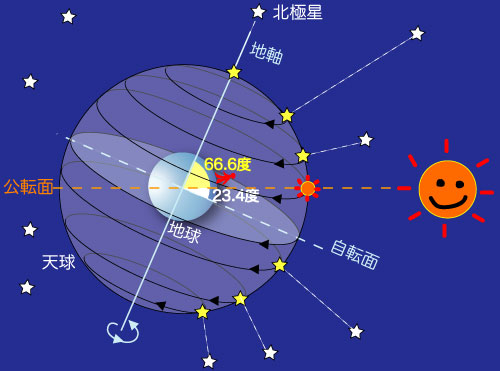
北半球に立っている人の地面が水平になるように、図を作ってみると、次の図のようになりました。
さて、ここで問題です!中心に立っている赤い人の見ている空は昼でしょうか、それとも夜でしょうか?
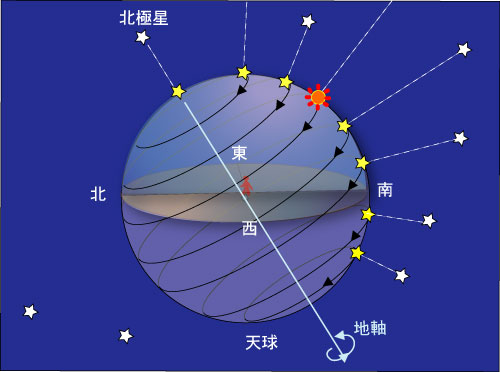
こたえは...
写真・ムービー
こたえは「昼」です。なぜなら空に太陽が出ているからです。
でも図には太陽と同じように星も出ていますね。そうです。昼間にも星は出ているのです!
では、昼間の星を写真やムービーで見てみましょう。中心の白い点が星です。
昼間の恒星 恒星は自分の光で光っている遠い星なので、光る点のように見えるのが特徴です。 |
|
シリウス | 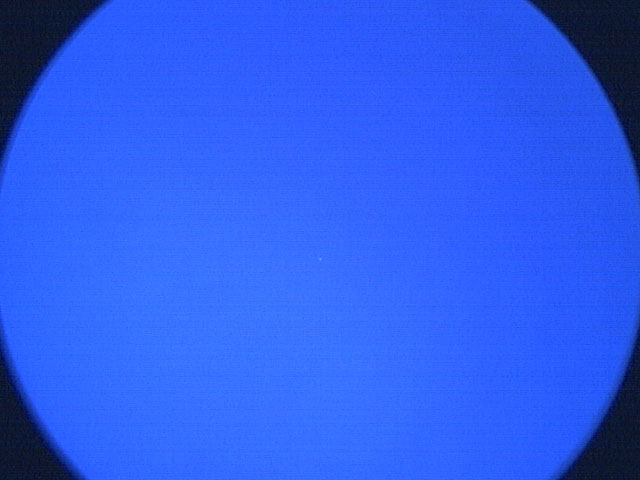 |
アルビレオ | 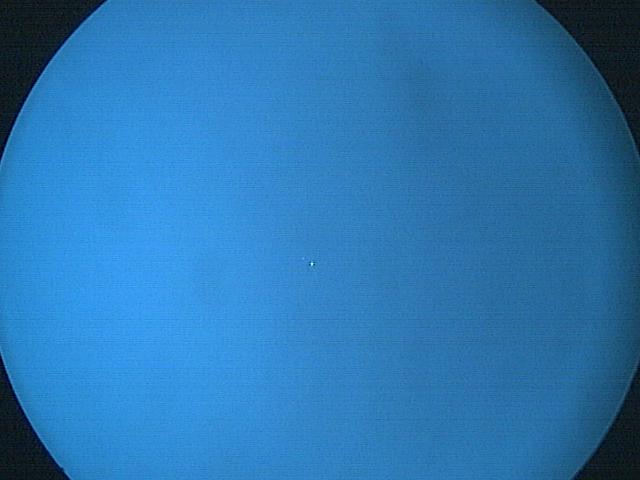 |
ベガ | 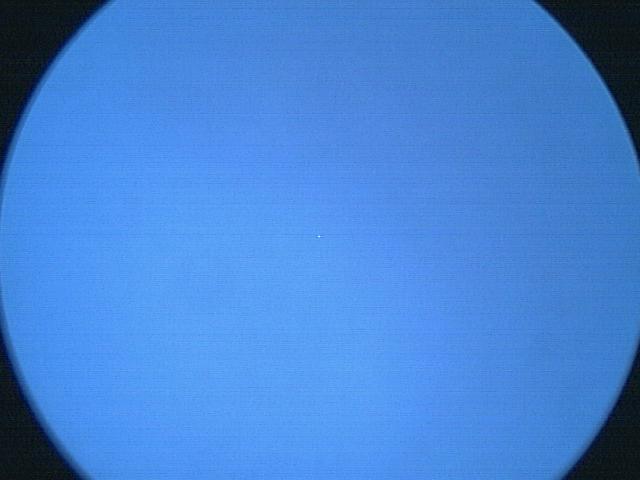 |
アークトゥルス | 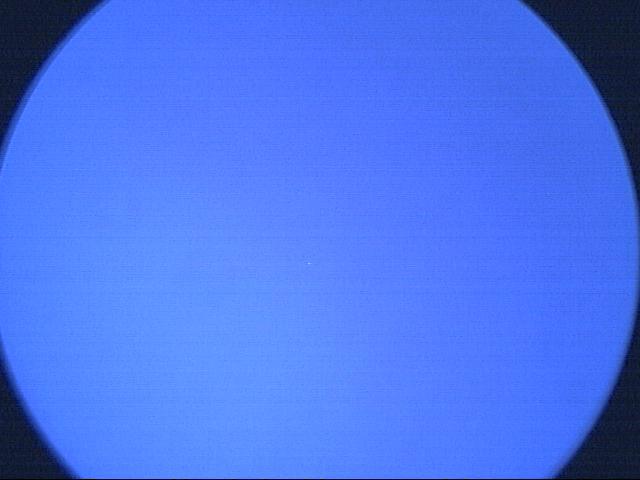 |
アルタイル | 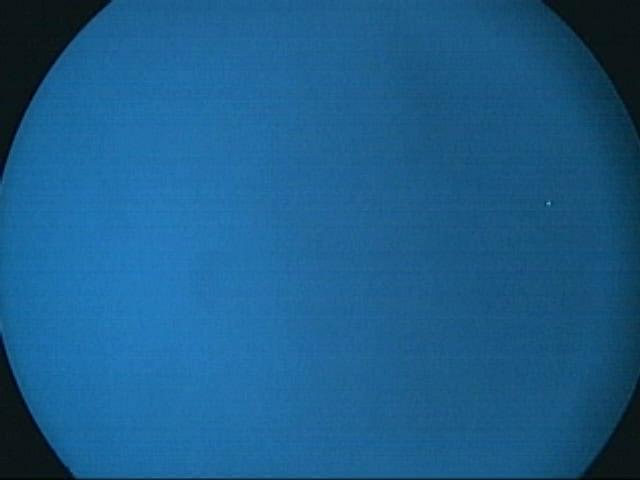 |
昼間の太陽系内惑星 金星や木星は太陽系内の惑星で、恒星ほど遠くにある天体ではありません。また、 自分の光ではなく太陽の光を惑星表面で反射しているので、ぼやっと大きく見えるのが特徴です。 |
|
金星 | 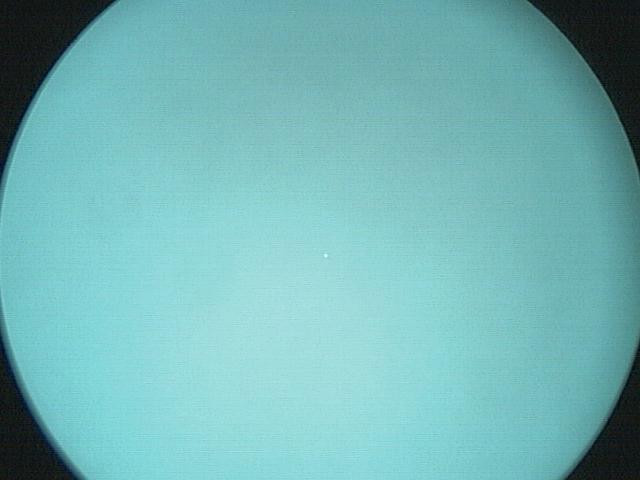 |
木星 | 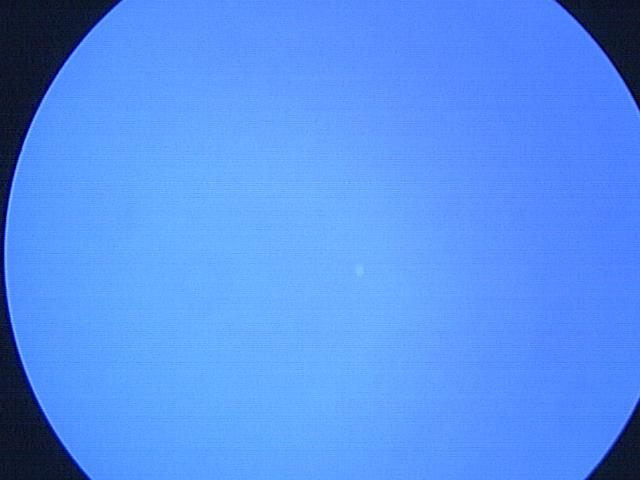 |
考えてみよう
- どうして昼間の星は見えにくいのでしょう?
- 昼間に観察した星は夜も同じ場所にあるでしょうか?
関連項目
金星ライブ
 Star watching in the daytime
Star watching in the daytime
Introduction
Watch stars in the daytime
The rotation of the Earth on its axis results in the objects in the sky appearing to rise and set each day and this motion is called diurnal or daily motion.You usually have to go outside at night and watch stars. We can regularly see stars shining in the dark night sky, and this is not unusual. So, there are no stars in the daytime sky, are there? Yes, there are stars in the daytime, too.
Then, let's watch some movies of stars in the daytime which were taken by Miyagi University of Education internet telescope and see what stars look like in the daytime. Try to think of the mechanism of the daily motion and think why we can not easily see stars in the daytime
Understanding the Celestial Sphere
To help understand the motion of the stars, an imaginary ceiling "The Celestial Sphere" is useful. About the Celestial Sphere
The sun is also one of the stars, so it can be attached to the surface of the celestial sphere. Put the sun onto the celestial sphere in the figure below that shows the position of the sun and earth on summer solstice.
The Earth's axis does not point directly toward ecliptic north. It points 23.4 degree from ecliptic north toward the summer solstice. That is, the Sun is 66.6 degree from the earth's axis, so it can be attached as in the next figure.
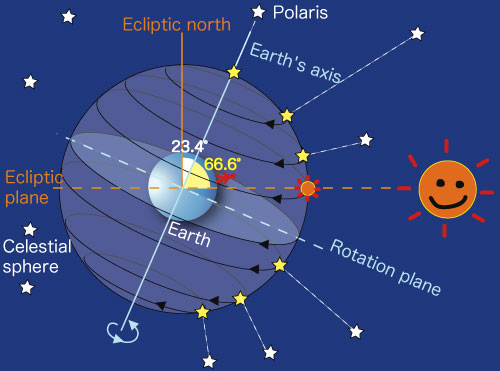
Rotating the figure to make the ground which the red person on the Northern Hemisphere is standing on horizontal will produce the figure shown below.
Here is the question! Is it the night sky or the daytime sky that the red person standing at the centre is watching?
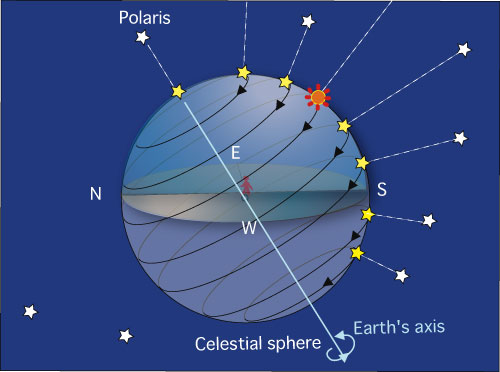
The answer is..
Pictures/ Movies
The answer is "Daytime sky". Because, the sun is in the sky.
There are also some stars as well as the sun. Yes. The stars are there even in the daytime!
Watch the stars in the daytime in the pictures or movies below. The white spot in the centre is the star.
The stars in the daytime A background star is a star far away which provides its own light. You can see it like a shiny spot. |
|
Sirius |  |
Albireo |  |
Vega |  |
Arcturus |  |
Altair |  |
Planets in the daytime Venus and Jupiter are planets in the solar system. They are not as distant as the background stars. They only reflect the Sun's light. They can be seen larger. |
|
Venus |  |
Jupiter |  |
Discussion
- Why can we not easily watch stars in the daytime?
- Can we see the same star in the same place in the night, which we watched in the daytime?











